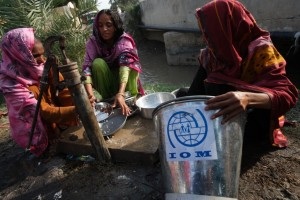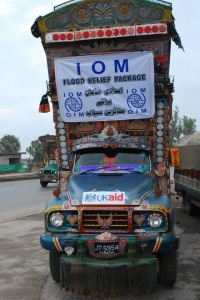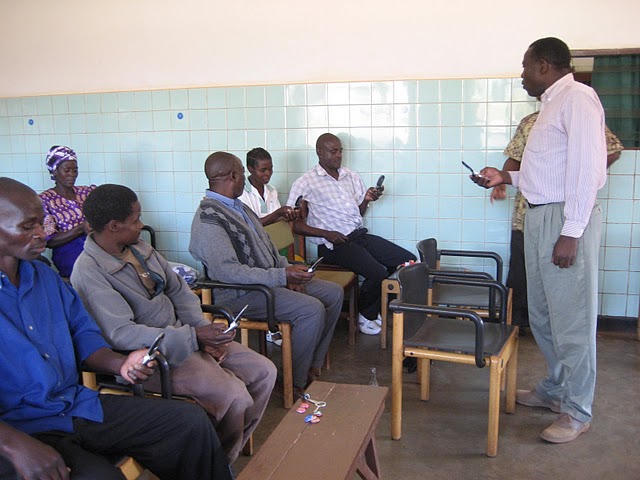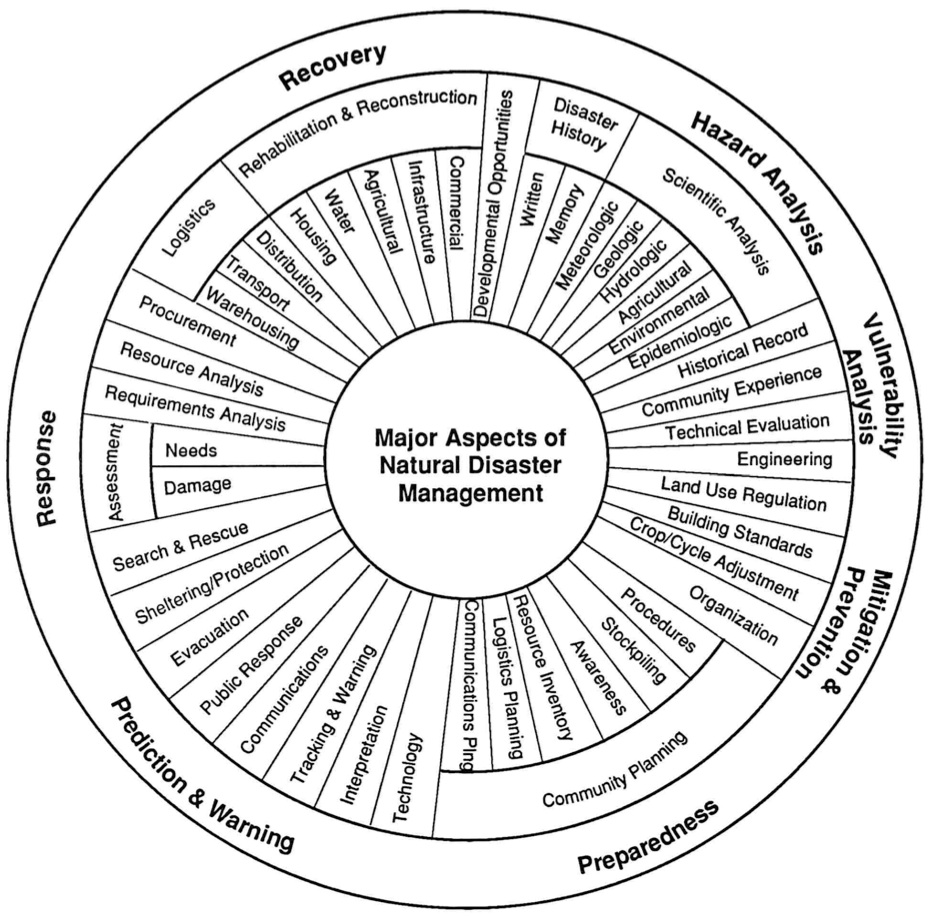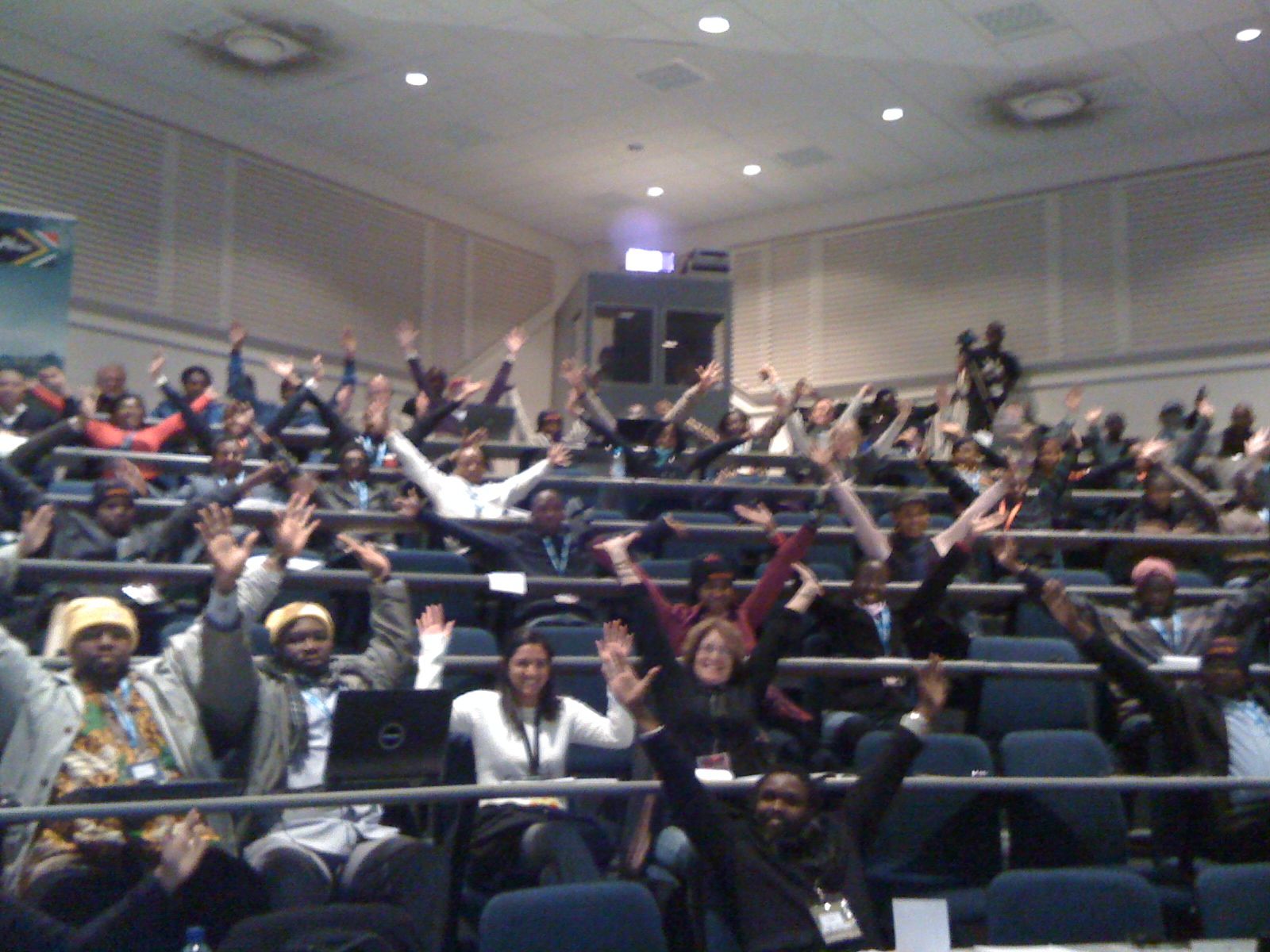The objective of Infoasaid - a consortium of Internews and the BBC World Service Trust - is to improve how aid agencies communicate with disaster-affected communities. The emphasis is on the need to deliver information, as aid itself, through the most appropriate channels. You can read more about Infoasaid's work on their website http://infoasaid.org/
The article is republished below with permission, or read the original post here.
Infoasaid has helped Save the Children to improve its two-way communication with half a million drought-affected people in Northeast Kenya.
The project uses mobile telecommunications and community radio to establish new and faster channels of communication between the aid agency and remote rural communities.It was launched in Wajir County, close to the Somali border, in the fourth quarter of 2011 and will run during the first six months of 2012.
Save the Children runs vital health, nutrition and food security projects in Wajir County, a semi-arid region which has been devastated by three years of drought and serious food shortages. Its operational centres in Wajir and Habaswein will use SMS messages to exchange information with health workers, relief committee members and community representatives in outlying areas.
Save the Children will also sponsor special programmes on Wajir Community Radio, the local radio station. The radio station broadcasts in Somali, the main language spoken by local people. It commands a large and loyal audience within 150 km radius of Wajir town.
Most people in Northeast Kenya are semi-nomadic pastoralists. They depend on their herds of camels, cows, sheep and goats to feed their families and generate a small cash income. Infoasaid therefore set up weekly radio programmes that will inform local people about the latest animal prices and market trends in the area’s two main livestock markets; Wajir and Habaswein.
It also helped Save the Children to design a weekly magazine programme on Wajir Community Radio. This will focus on key issues related to the aid agency’s emergency aid programmes in the area. The radio programmes, which include a phone-in segment, will focus on issues such as health, education and food security and alternative livelihoods.
The mobile phone element of the project will establish FrontlineSMS hubs at the Save the Children offices in Wajir and Habaswein. FrontlineSMS is free open source software that turns an ordinary computer into a text messaging exchange.It will enable Save the Children to broadcast SMS messages simultaneously from the computer to a variety of different contact groups in the field.
Each message is drafted on the computer, which then uses the FrontlineSMS software to send it by SMS to a large group of recipients.In this way, the same short message can be sent rapidly to a group of 50 or more people through a simple operation that takes less than two minutes to perform.
Previously, Save the Children staff would have had to telephone or visit each of the targeted individuals personally to deliver the same message. That process could have taken several days to complete
The FrontlineSMS hubs in Wajir and Habaswein will not only send out vital information. They will also capture and record incoming messages from people in the field. Each incoming message will be evaluated immediately and passed on to the appropriate person for a timely response.
Infoasaid supplied 240 basic mobile handsets and solar chargers to facilitate the establishment of these two SMS messaging networks. The equipment is being distributed to collaborators and community representatives in every location where Save the Children provides local services.
To read the original article please click here.



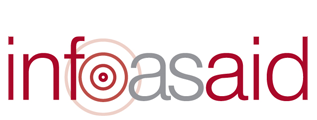 infoasaid is a consortium of Internews and the BBC World Service Trust. The objective is to improve how aid agencies communicate with disaster-affected communities - the focus is on providing humanitarian information. The emphasis is on the need to deliver information, as aid itself, through the most appropriate channels. In this guest blog post first published
infoasaid is a consortium of Internews and the BBC World Service Trust. The objective is to improve how aid agencies communicate with disaster-affected communities - the focus is on providing humanitarian information. The emphasis is on the need to deliver information, as aid itself, through the most appropriate channels. In this guest blog post first published 
